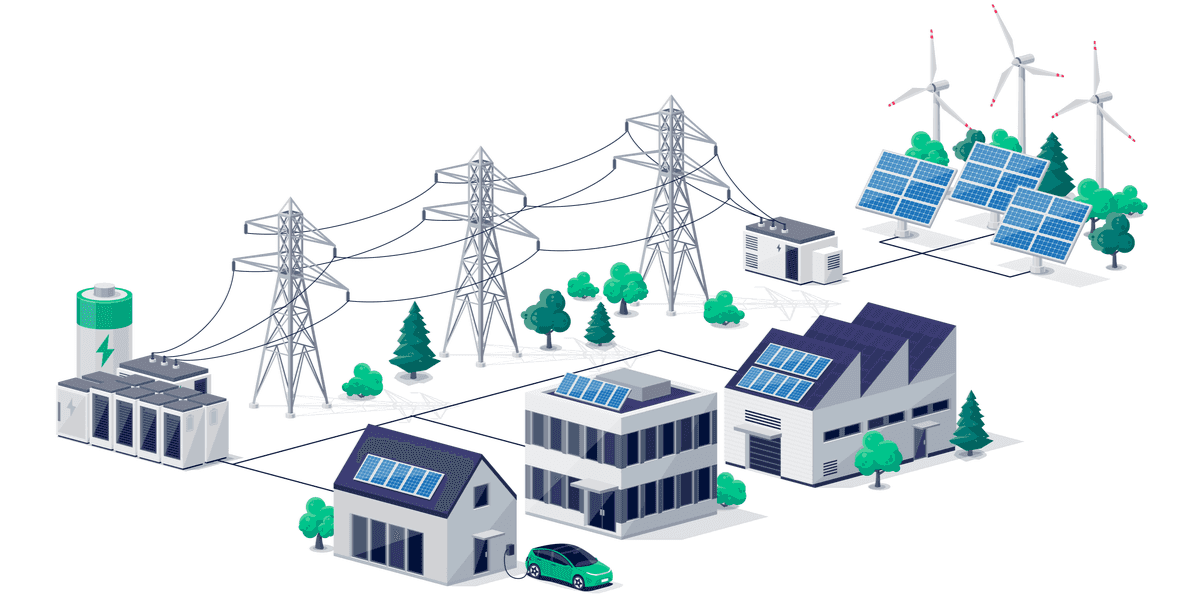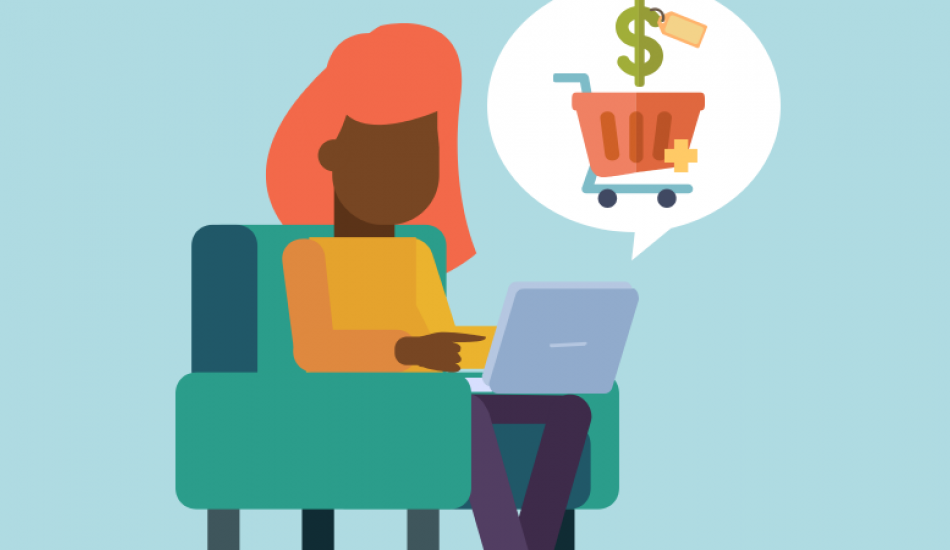Even power plants are going virtual

Image: ASE
Tesla recently announced that it’s completed Japan’s largest commercial household virtual power plant. Or more specifically, the company has installed its Powerwall batteries in over 300 homes on the island Miyako-jima – and they can be used to help power the country’s grid.
🔋🏘 Virtual by name, real in function… Power usage isn’t the same hour-after-hour, day-after-day. So the grid’s more strained at some times than others. And when it’s strained, the solution is usually to draw extra power from gas-and-oil-fired “peaker power plants,” since they’re easier to crank up and down to meet demand.
But that’s where virtual power plants come in. People with solar panels and batteries in their homes can sign up and get paid to send extra power back to the grid, giving it a boost in potential blackout situations.
- Tesla already has virtual power plants operating in California and Australia, and is working on getting one off the ground in Texas.
- In California, people with Powerwalls installed in their homes can get $2 for every kilowatt-hour fed back into the grid when it’s under stress during emergencies or periods of high demand, The Verge reports. Statewide energy prices typically average ~$0.26/kWh.
☝️ One interesting thing: Tesla’s virtual power plant in California had its first emergency response event earlier this month, which was seemingly successful.
+In other Tesla news: The company filed a lawsuit in Louisiana yesterday, challenging a state law that it says restricts its ability to sell vehicles directly to consumers.
Share this!
Recent Business & Markets stories

Business & Markets
| August 23, 2022Impulse purchases, explained
💳 Roughly two-thirds of anyone who’s bought a product they saw on social media say they later regretted their purchase. So, why do we still do it? The answer lies in a business concept known as “friction”.

Business & Markets
| August 19, 2022Airbnb is cracking down on parties
🙅♀️🎉 If you’re looking for party rock, it won’t be in the Airbnb tonight. Per a new report from Fast Company, the vacation rental company is testing new anti-party tech in the US and Canada aimed at fending off large, unapproved gatherings.

Business & Markets
| August 17, 2022American Airlines feels the need
✈️⏭ The need… for speed!!!! The airline has paid a nonrefundable deposit to purchase 20 supersonic jets from Boom Hypersonic, the two companies announced yesterday, with the option for American to purchase up to 40 more.
You've made it this far...
Let's make our relationship official, no 💍 or elaborate proposal required. Learn and stay entertained, for free.👇
All of our news is 100% free and you can unsubscribe anytime; the quiz takes ~10 seconds to complete